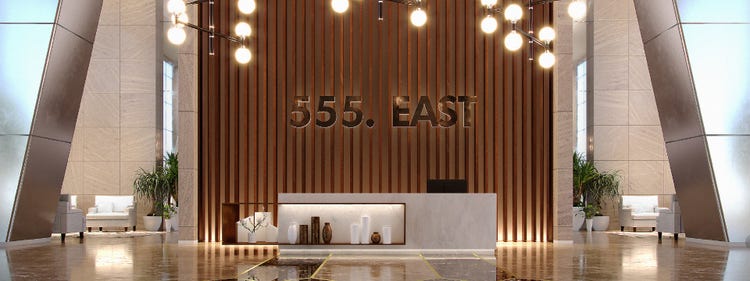https://main--cc--adobecom.hlx.page/creativecloud/img/icons/painter.svg | Painter https://main--cc--adobecom.hlx.page/creativecloud/img/icons/sampler.svg | Sampler
May 02, 2020
Substance in Archviz: Tutorial by Kyle Jones

We’re always on the lookout for artists who are 3D experts, and who also possess that elusive pedagogical knack of conveying this expertise to others. Kyle Jones had been on our radar for a while, ever since we’d spotted some of his outstanding 3D design tutorial videos. When we began looking for somebody to demonstrate how the Substance ecosystem can effectively be used in the field of architecture and visualization, Kyle’s name naturally came up. He ultimately created an excellent Substance in archviz tutorial for Substance Academy; you can find it right here.
Kyle was also kind enough to tell us a little about himself, and about his process in creating the tutorial scene.
Inspirations of a 3D Artist
Starting out, Peter Guthrie was a massive influence for me as an archviz artist. I’d see all the detail in his renders, and the way he played with light, and I was totally blown away. It wasn’t just marketing material for a building; it was art. He inspired me to get into using HDRIs and image-based lighting (IBL). Evermotion was another big inspiration. Reverse engineering their procedural materials and scenes helped me grow a lot as a 3D artist. And I’m still awed by companies like Brick Visual, and Kaiserbold, and sites like CGArchitect. I feel like there are always aspects of our craft that we can continue work on, and improve.
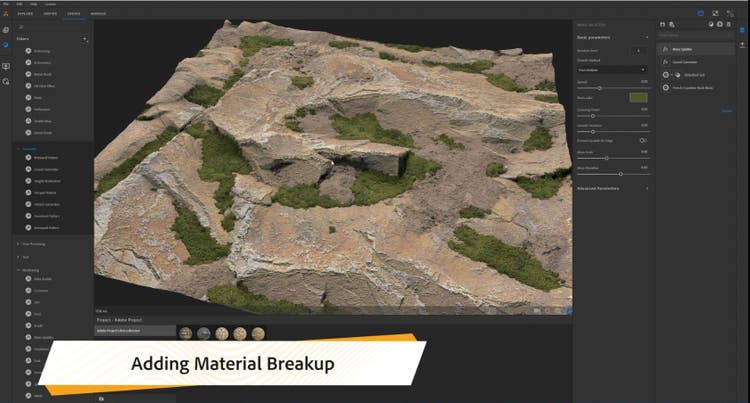
Finding Substance
Creating the Scene for Substance Academy
I always start a project by searching for inspiration on the feeling I’m trying to achieve, and I research images for the materials I want to use.
I do this for both product and archviz projects.
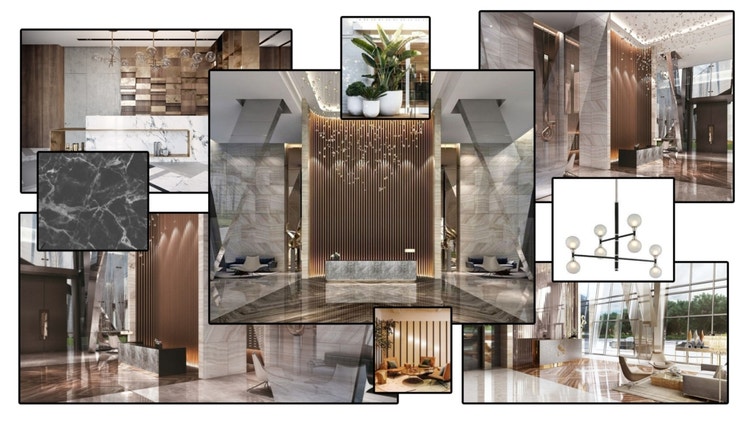
With most of my projects, the moodboard stems from my clients’ needs – or if it’s a personal project, from my own desire to create. I like to choose a bunch of images that replicate the feel of the space I am creating. I may have 15 images, but I’ll take little bits of inspiration from each one, like the plant life from one image, or the reflection from a lake in another, things like that. Most of the reference images for the Substance Academy tutorial came from the lobby of a hotel in Dubai. From there, I search for other images that inspire me – like the reception desk, in this case. And then I also gather reference images for materials that would work well and look cohesive in the space.
Everything for me starts with modeling and a generic ‘sunny sky’ setup. This helps me see form, function and the general composition of my camera shots. From there I like to create my tileable, larger materials in Alchemist to get a feel for how the light is going to be bouncing around my scene. Darker materials can really reduce light bounces, whereas brighter materials can sometimes reflect light too much. So it’s important for me to bring in materials that take up larger area for lighting purposes. From there I like to do my detail work; something like Substance Painter is perfect for texturing an asset like the reception desk in the Academy tutorial.
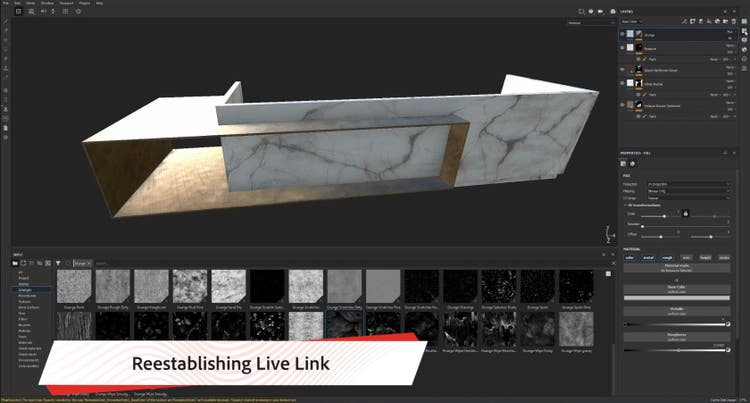
Regarding the tools I used, I modeled the scene in 3ds Max. I used Substance Painter and Alchemist for texturing and Corona as the render engine. I love the speed and flexibility of Painter, especially the Live Link to Unreal. It’s amazing how powerful Alchemist has become for material creation.
Frankly, I couldn’t create the images I produce today without the Substance toolset. It just wouldn’t be possible. Being able to blend and author materials in minutes using Alchemist allows me more time for refinement in other areas. More refinement means better-looking work. I can push my scenes further, faster, with the Substance tools.
Simply being able to create micro details in 8K with Substance Painter is insane. That level of detail just didn’t use to be a thing. Anyone can achieve realism in minutes leveraging Substance Source materials. Tools like these allow us as artists to focus on the artistry of what we do, rather than on the technical side of things. Once I started using Substance tools, I was hooked. I’ll never go back.
Check out the Tutorial Now!
To learn about using Substance in archviz, take a look at Kyle’s excellent tutorial.
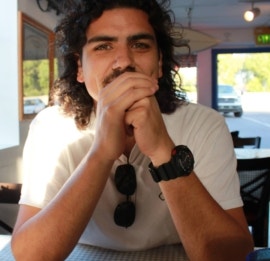
Meet Kyle
I’m a self-taught, 8th-year 3D artist, and founder of Pixel Wave, a Long Beach-based multimedia company that has created designs for companies including Hyundai, Electronic Arts, Toyota, and Dyson. But I also have a lifetime of drawing and painting under my belt. I quit my comfortable corporate job in 2012 to take a leap of faith, teach myself 3D, and try to make it as a freelance 3D artist. I feel like my passion and love for the medium is what has helped me to achieve that goal.
